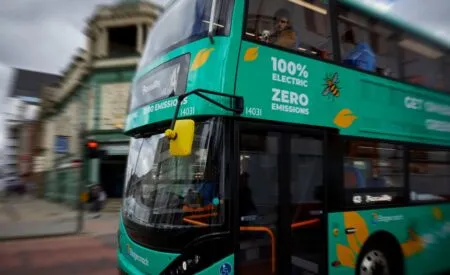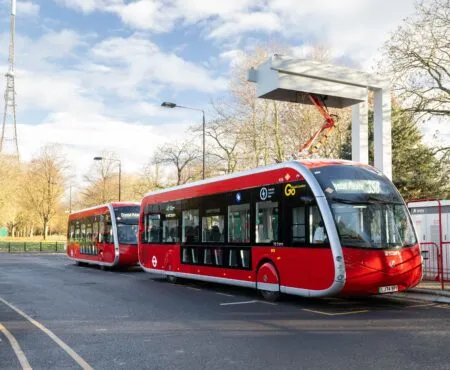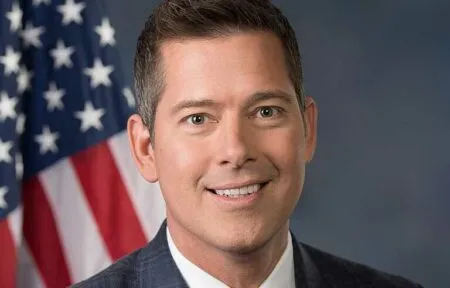London now has the largest zero emission bus fleet in western Europe with more than one in nine buses now operating without tailpipe emissions.
Transport for London (TfL) has announced that the capital has now passed a major milestone of more than 1,000 zero emission buses picking up customers on the city’s streets, with the 1,000th zero emission bus being normally used on route 204.
TfL is currently on track to transition to a fully zero emission bus fleet by 2034 but, with continued government investment, this target could be achieved by 2030. Since 2016, the number of fully zero emission bus routes has increased from 5 to 54, with a further 15 routes using a mixture of zero emission and low emission buses. The number of zero emissions buses on London’s roads has seen an increase of over 3,000% since 2016, moving from 30 to 1,000 buses.
Zero emission buses help Londoners breathe cleaner air and help decarbonise the transport network, which is crucial to TfL’s work to meet the Mayor’s mission to achieve net-zero carbon in London by 2030. Through the decarbonisation of London’s bus network, TfL will save an estimated 4.8m tonnes of carbon by 2034 or an estimated 5.5m tonnes of carbon by 2030 with Government funding.
TfL’s zero emission bus fleet is the largest in western Europe and has the lowest CO2 emissions per passenger kilometres compared to other global cities such as New York, Sydney, Paris and Vancouver. All of the new buses joining the fleet will have enhanced customer features, such as improved flooring, seating, lighting and customer information, and will meet the industry-leading bus safety standard.
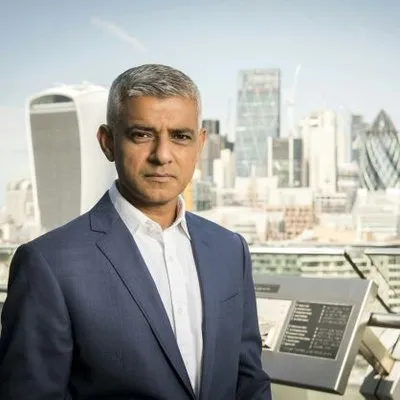
“London has a world-class public transport network and our zero emission bus fleet is setting the standard for others to follow,” says Mayor of London, Sadiq Khan. “I’m committed to cleaning up London’s air achieving net-zero carbon by 2030, and that includes delivering a zero-emission bus fleet. The decarbonisation of our bus fleet, the increases and improvements in bus services in outer London, and the new proposed Superloop will help build a better, greener London for all.”
“The 1000th electric bus is a significant milestone in the decarbonisation of London and the bus network. Metroline is proud to operate more than 100 electric vehicles across a number of routes with more to follow, transporting tens of thousands of Londoners each day on zero emission vehicles,” says Sean O’Shea, CEO, Metroline. “It has been a great team effort to get to this point, with three garages already electrified and a fourth to come, and it demonstrates our continued investment and commitment to leading the way for our customers and helping provide cleaner air for Londoners with our ever-growing fleet of all-electric, zero emissions buses.”
“London is on the road to more sustainable travel,” says Josh Cottell, research manager, Centre for London, “We want London to have a world class transport system and be carbon neutral – cleaner, greener buses will help us get there. Buses are the most commonly used form of public transport in London, and are especially important for Londoners on lower incomes. To keep moving forward quickly, our research has consistently found that central government should continue to work together with City Hall and the boroughs to give people more practical and joined-up options for getting around.”
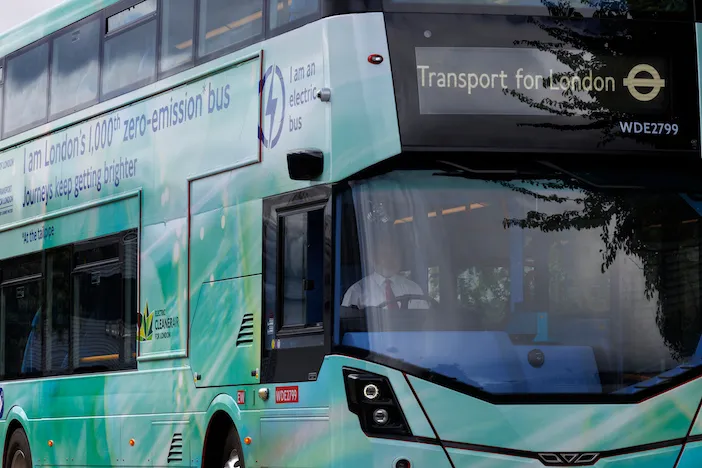
Earlier this year, the Mayor of London and TfL announced the Superloop, a network of limited-stop express bus routes that circle the entire capital – connecting outer London town centres, railway stations, hospitals and transport hubs, faster.
The Superloop will create a game-changing new network of bus services and is a significant step in the Mayor’s commitment to improve the bus network in outer London, adding over 4 million extra kilometres to bus services and complementing earlier plans to add over 1 million kilometres to the network. Last month, TfL launched route SL8, the very first route to carry the Superloop branding, and has since rebranded another route, SL6 which runs between Russell Square and Croydon. TfL will rebrand the two remaining existing routes this summer help customers easily identify the Superloop express services.



